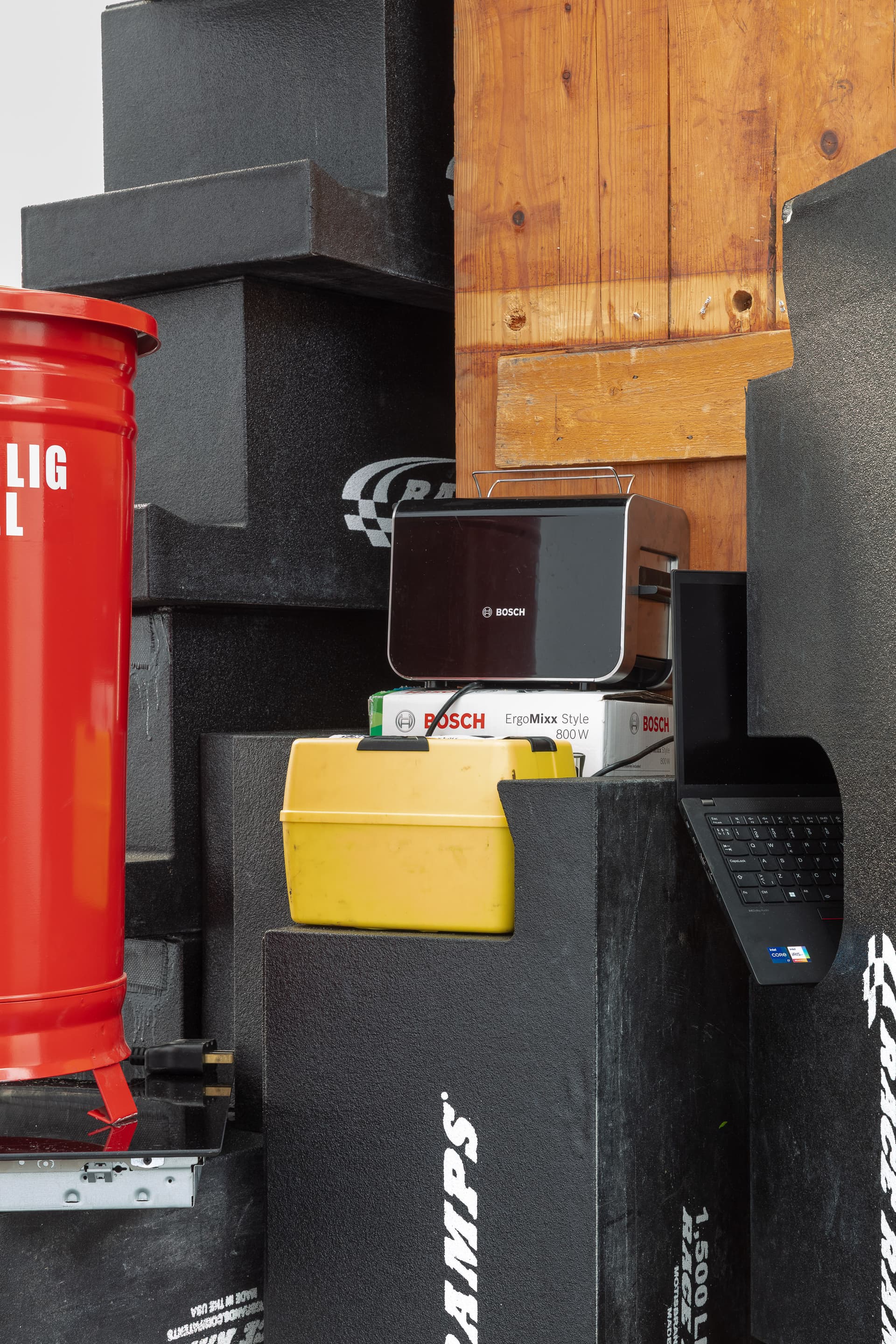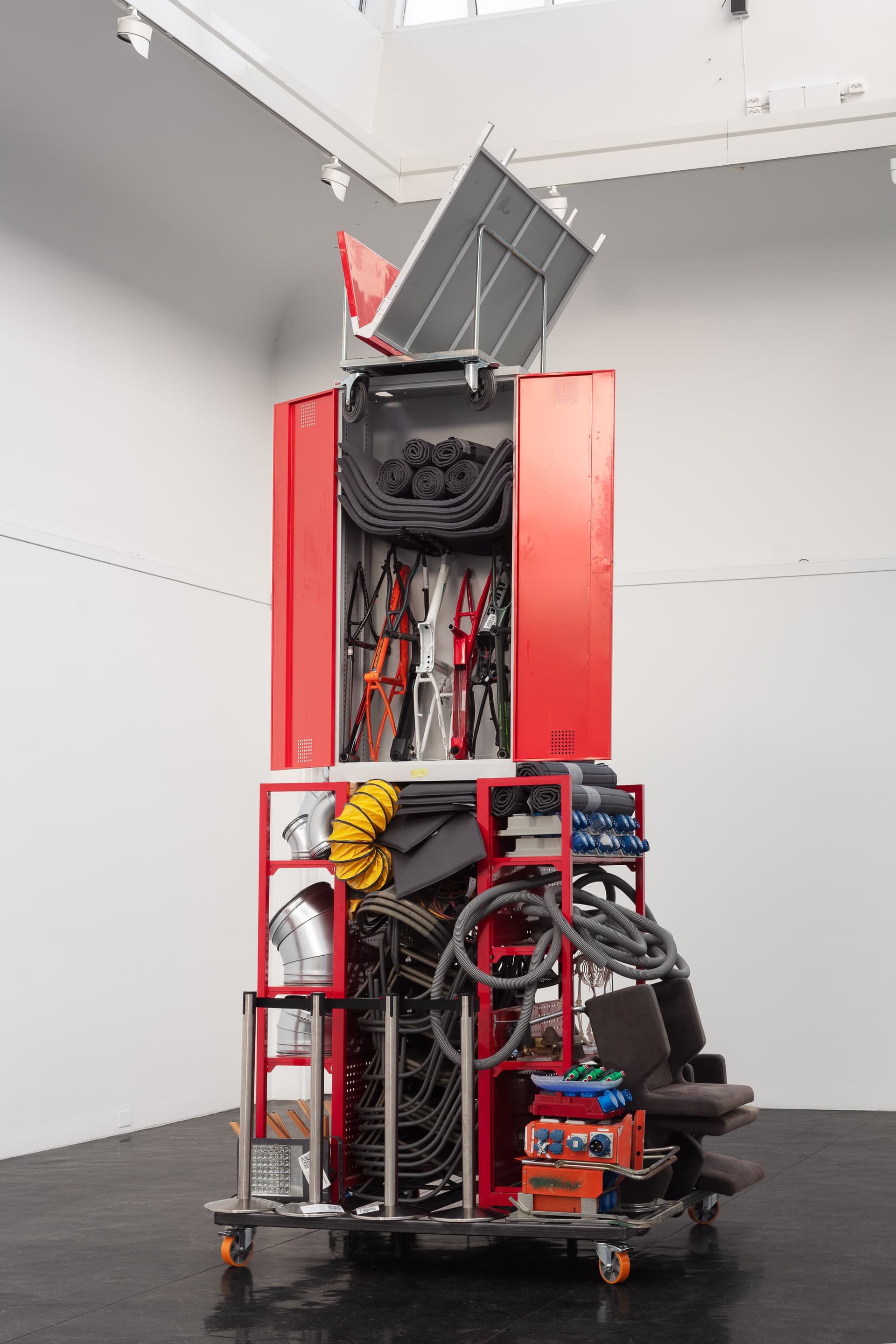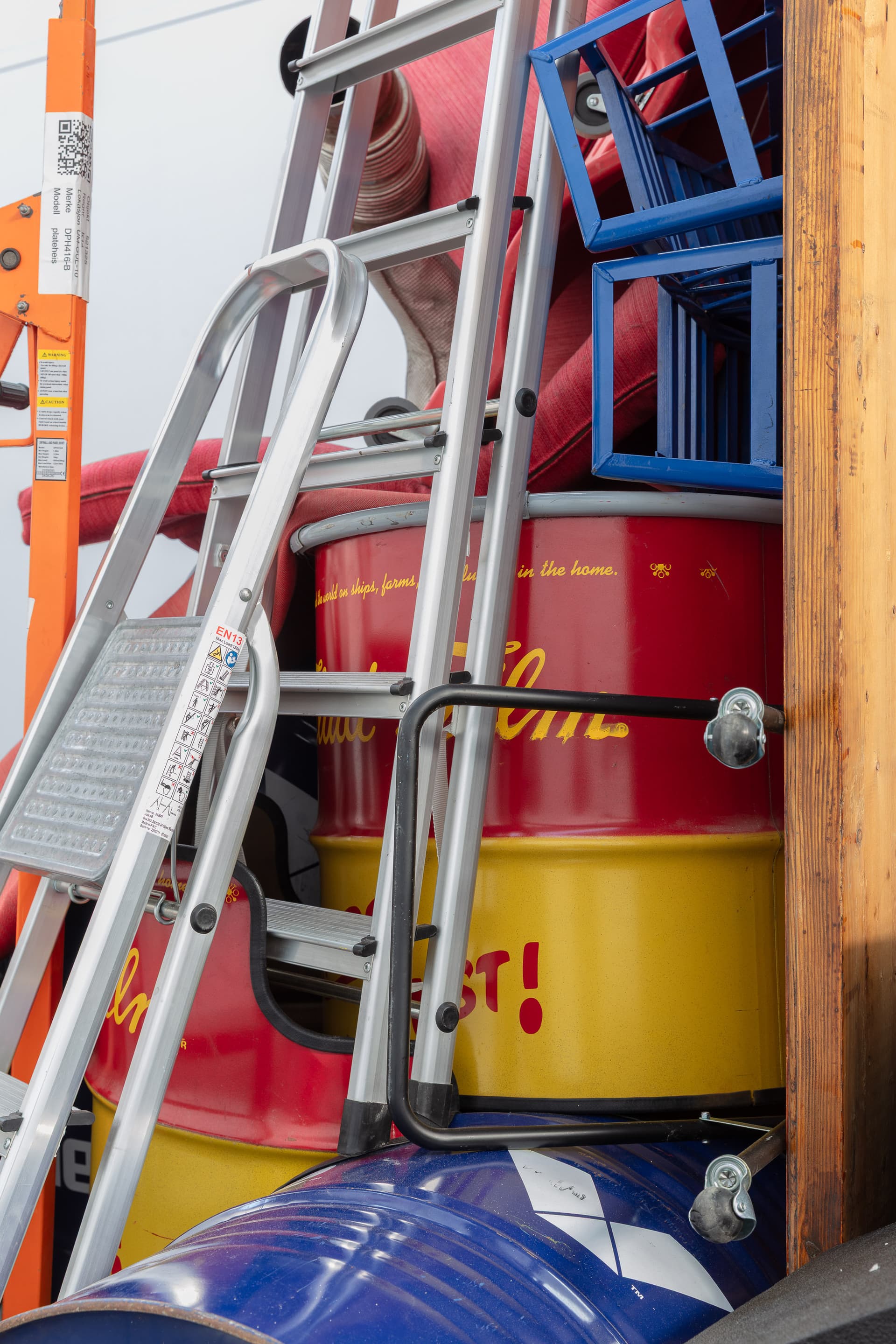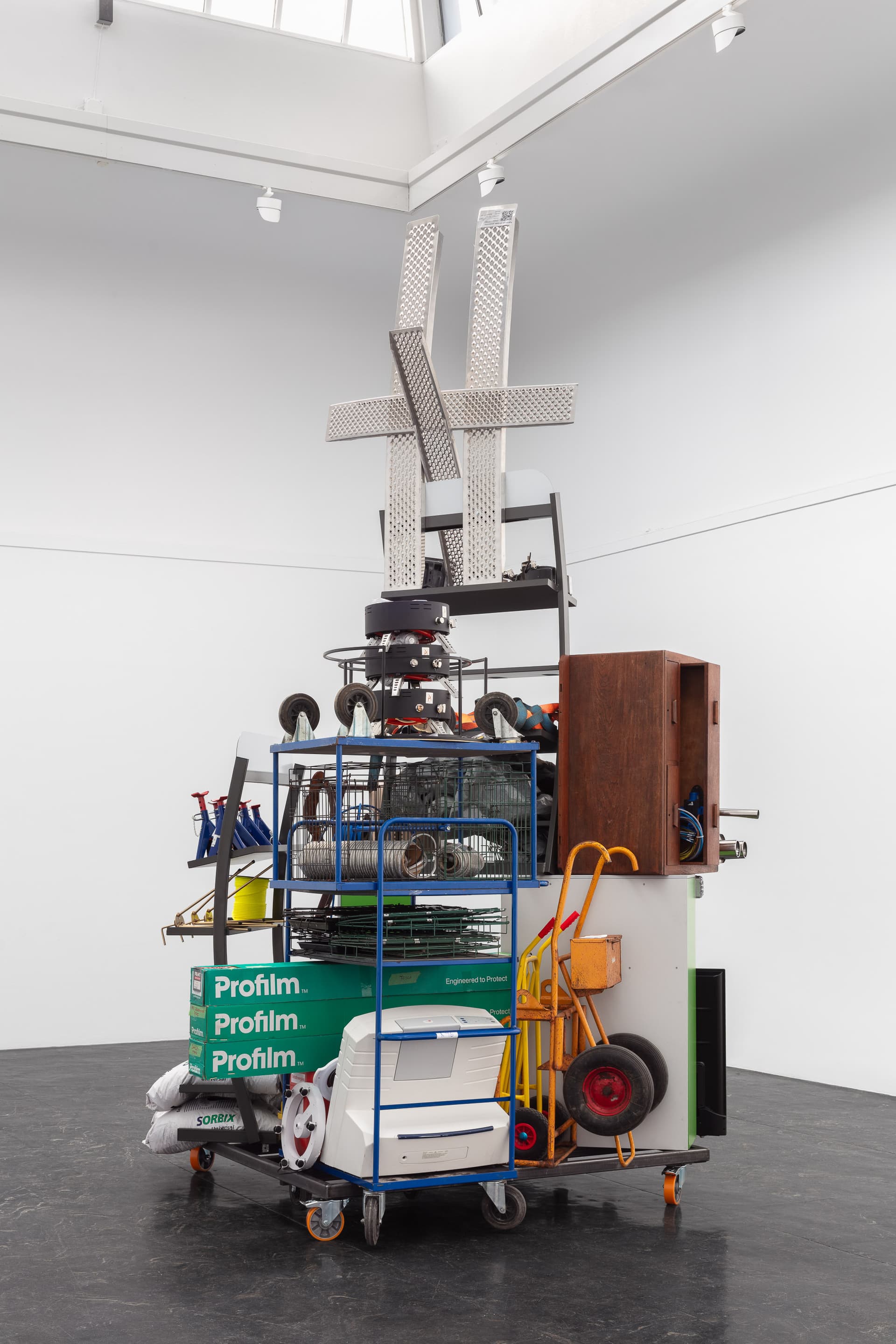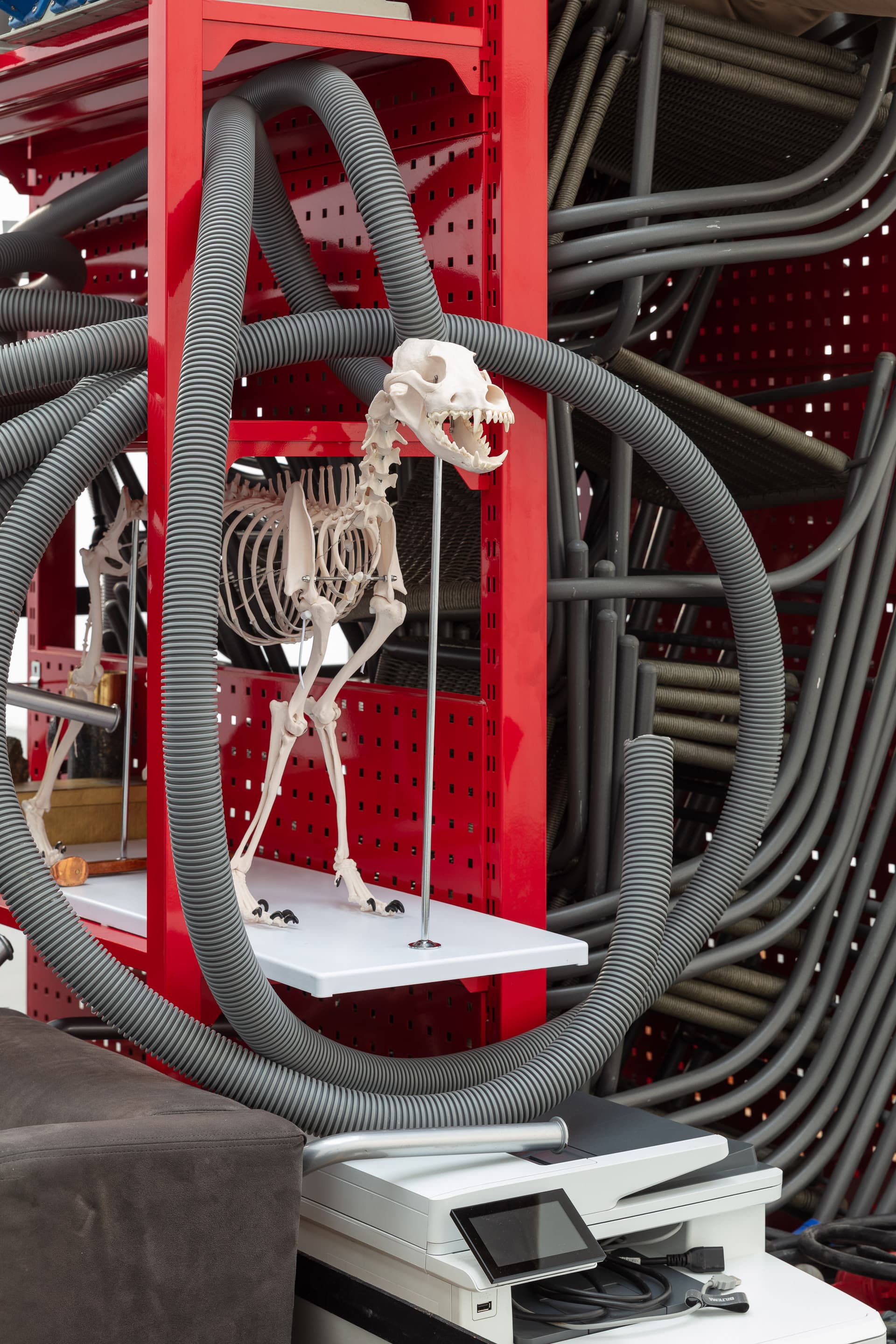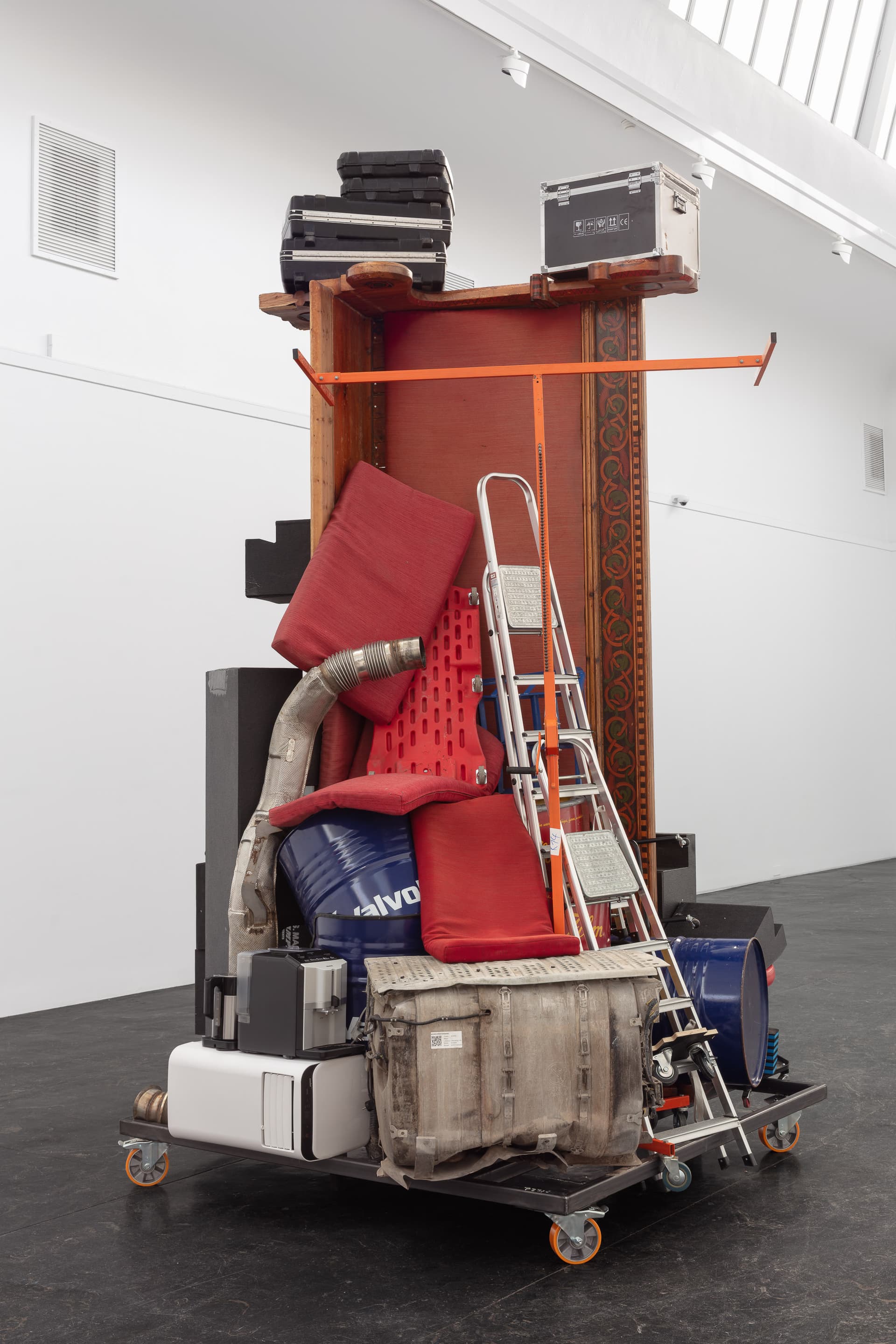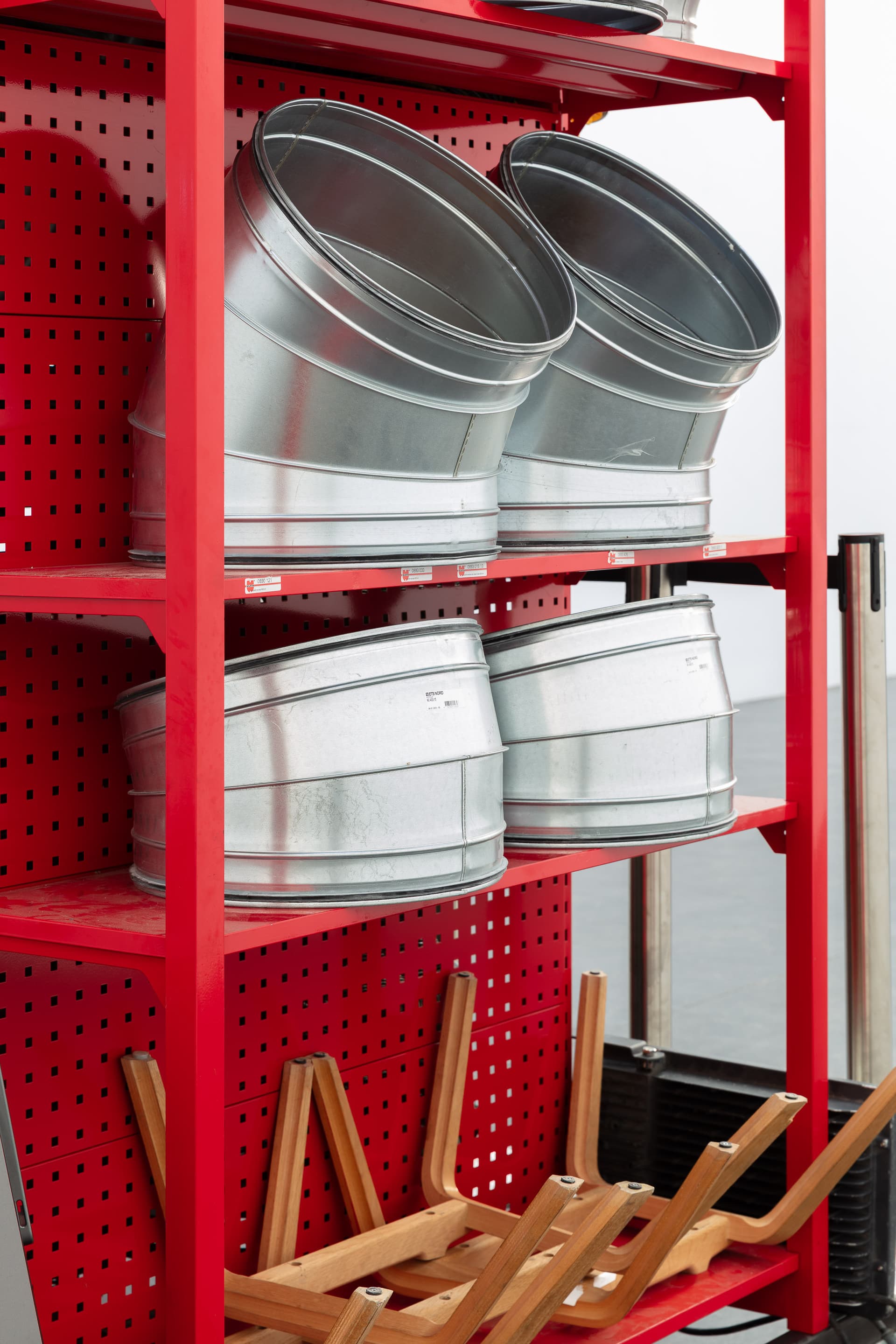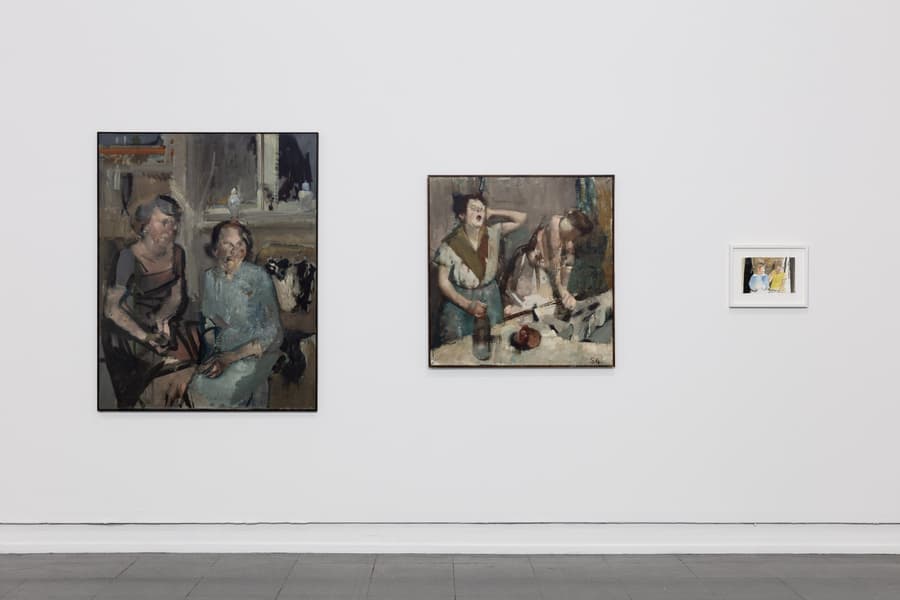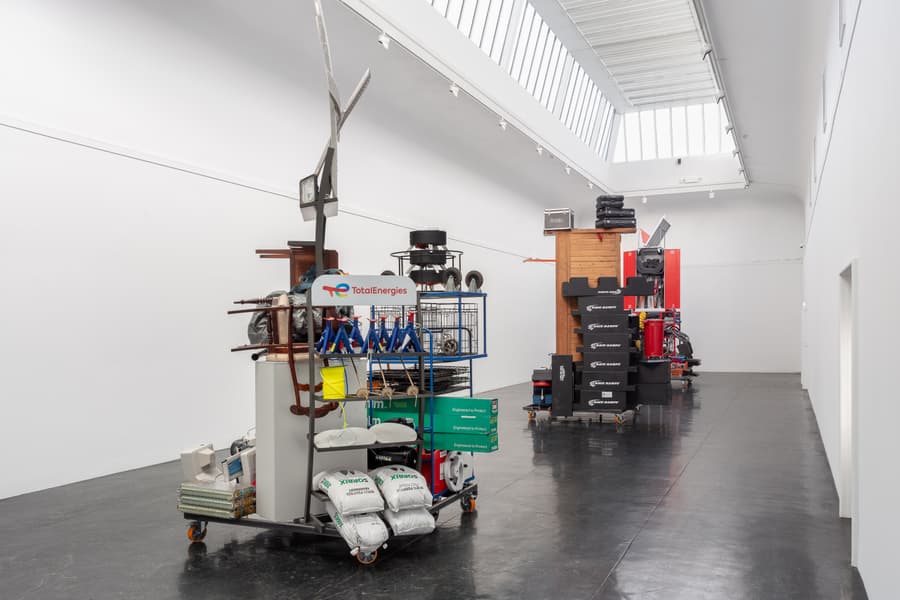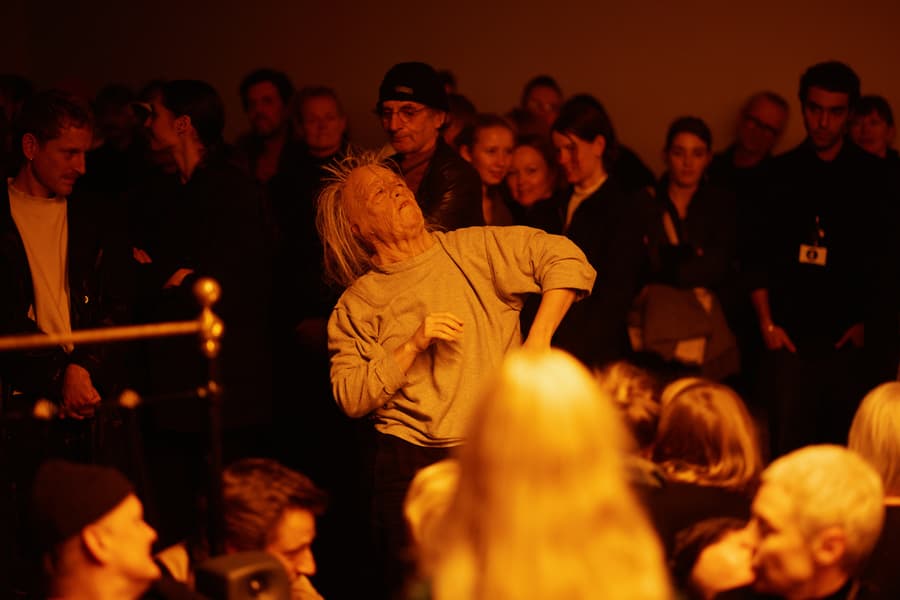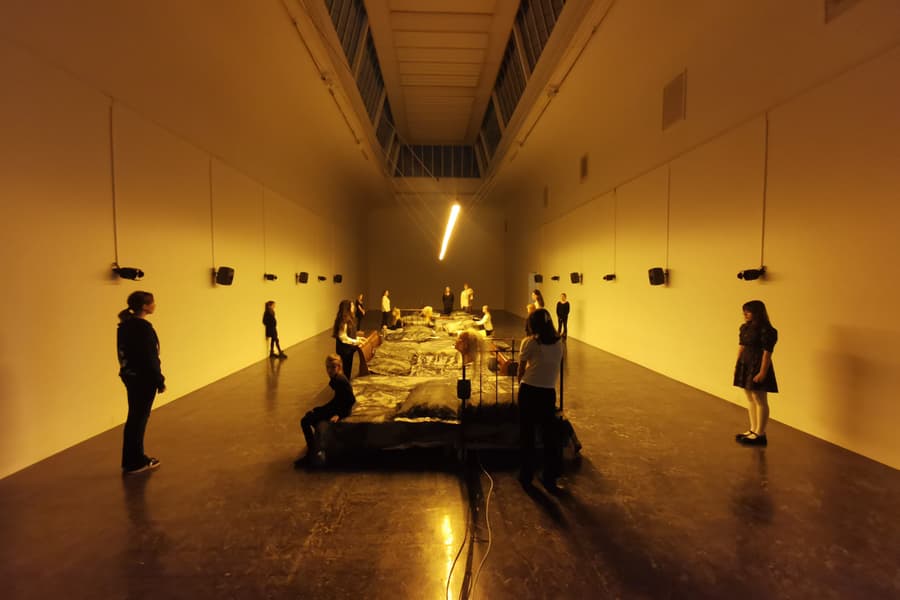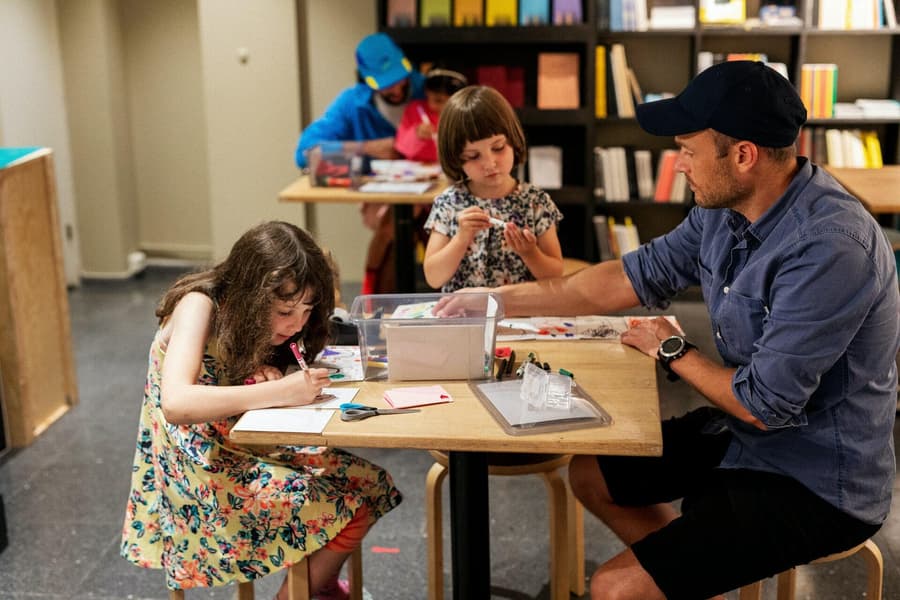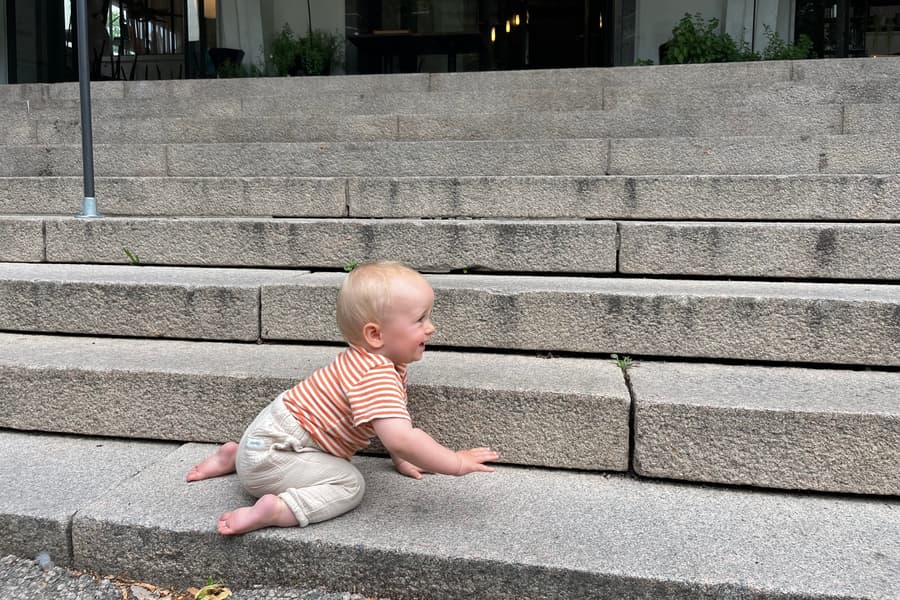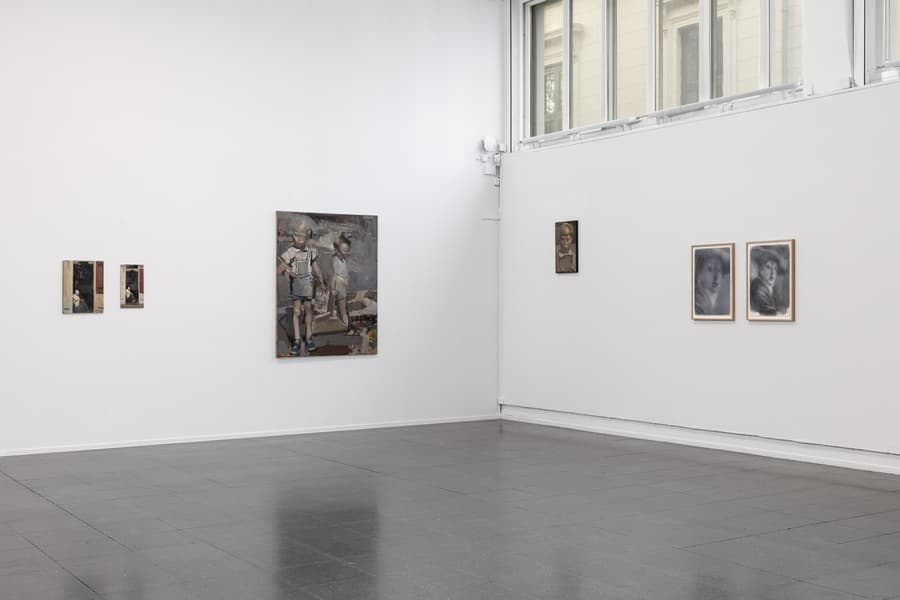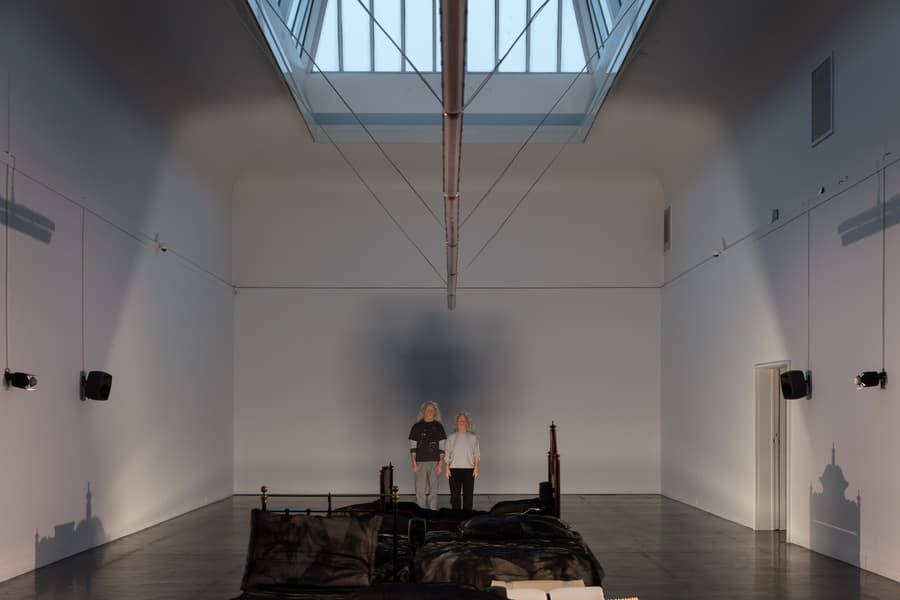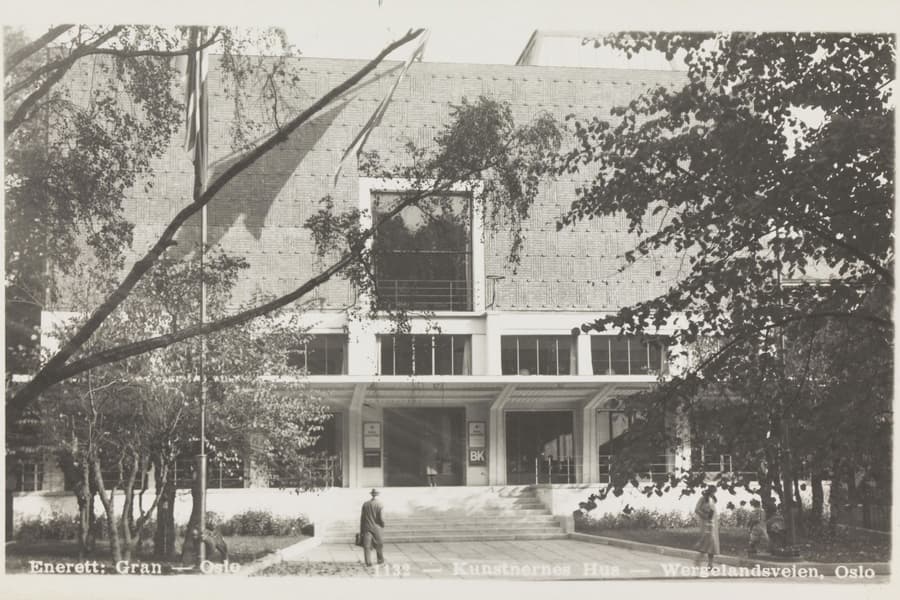Stian Ådlandsvik

Through sculptural interventions, Die Pleite takes as its starting point the logic and ethics of bankruptcy to open a dialogue with the history and architecture of the Kunstnernes Hus.
About the work
For Die Pleite, Stian Ådlandsvik presents a series of bricollages – sculptural assemblages made from objects the artist acquired from bankruptcy estates in Norway throughout 2025. He draws attention to everyday items that have lost their place in the order of things and imbues them with new meaning. Ådlandsvik creates unexpected connections between objects and materials, as well as historical and contemporary events. In these stacked accumulations, a wide range of disparate items come together – Tesla batteries, a dog skeleton, an X-ray machine, and an exhaust system. He is invested in the biography of things and what happens when their original political and economic contexts collapse.
In German, Die Pleite means bankruptcy, defeat, or zero point. The exhibition explores the tension between what is valuable and what is left over; ideas of freedom confront the modern project’s need for categorization and systematization.
Ådlandsvik’s project is rooted in a specific historical reference: photographs taken at Kunstnernes Hus shortly after World War II. The building was seized by the German occupation force in 1942, and the exhibition halls were used as weapons and supply storage until the liberation of Norway in 1945. The photographs show stacks of objects and scrap—the remnants of a warehouse inventory left behind when Nazi Germany surrendered and fled the country. An inspiration for Ådlandsvik is also the Dadaist artist Johannes Baader’s Das große Plasto-Dio-Dada-Drama from 1920. The irony lies in the fact that the Nazis, in their attempt to suppress artistic freedom, ended up creating a Dadaist staging of their own downfall.
In this context, Ådlandsvik glans backwards to Dadaist art—which the Nazis labeled as degenerate—and forward to the concept of bankruptcy as a legal mechanism that governs financial breakdown and the distribution of residual value. The exhibition’s themes thus touch on broader historical questions: the seizure of cultural institutions during wartime, and what is preserved, redefined, or lost when faced with ideological regimes.
At its core, the artist poses the question of what we choose to preserve and what we discard as worthless. He insists that the remnants and discarded objects deserve our attention. His work is a call for care—for the overlooked and the leftover—understood as a value-based principle for how we engage with both history and the material realities of the present.
On the final weekend, the artist will hold an auction where the objects from the exhibition will be sold to the public—not as artworks, but as utilitarian items.
“Bankruptcy is the way the economic system we live in regulates the process of moving beyond collapse, past the apocalypse, so that owners can start anew. The framework of the bankruptcy estate is built on the worthless—the unsold remnants. The context that once gave them meaning has collapsed, and the objects are pushed into a new and precarious context.” – Stian Ådlandsvik

About the artist
Stian Ådlandsvik (b. 1981, Bergen) is an Associate Professor in the Master’s program Art and Public Space at the Oslo National Academy of the Arts. He graduated from the Oslo Academy of Fine Art in 2006 and has extensive experience with exhibitions and public art projects both in Norway and internationally. His artistic practice is rooted in a conceptual approach to sculpture, where materials and processes highlight cultural and societal structures.
In recent years, he has exhibited at P////AKT (Amsterdam), Trondheim kunstmuseum (Trondheim), Seson (Seattle, USA), Philipp von Rosen Galerie (Cologne, Germany), and Schunck (Heerlen, the Netherlands). His work is part of collections such as the Astrup Fearnley Foundation (Oslo) and the Nomas Foundation (Rome, Italy). Ådlandsvik has also collaborated for many years with artist Lutz-Rainer Müller on exhibitions and public art projects.
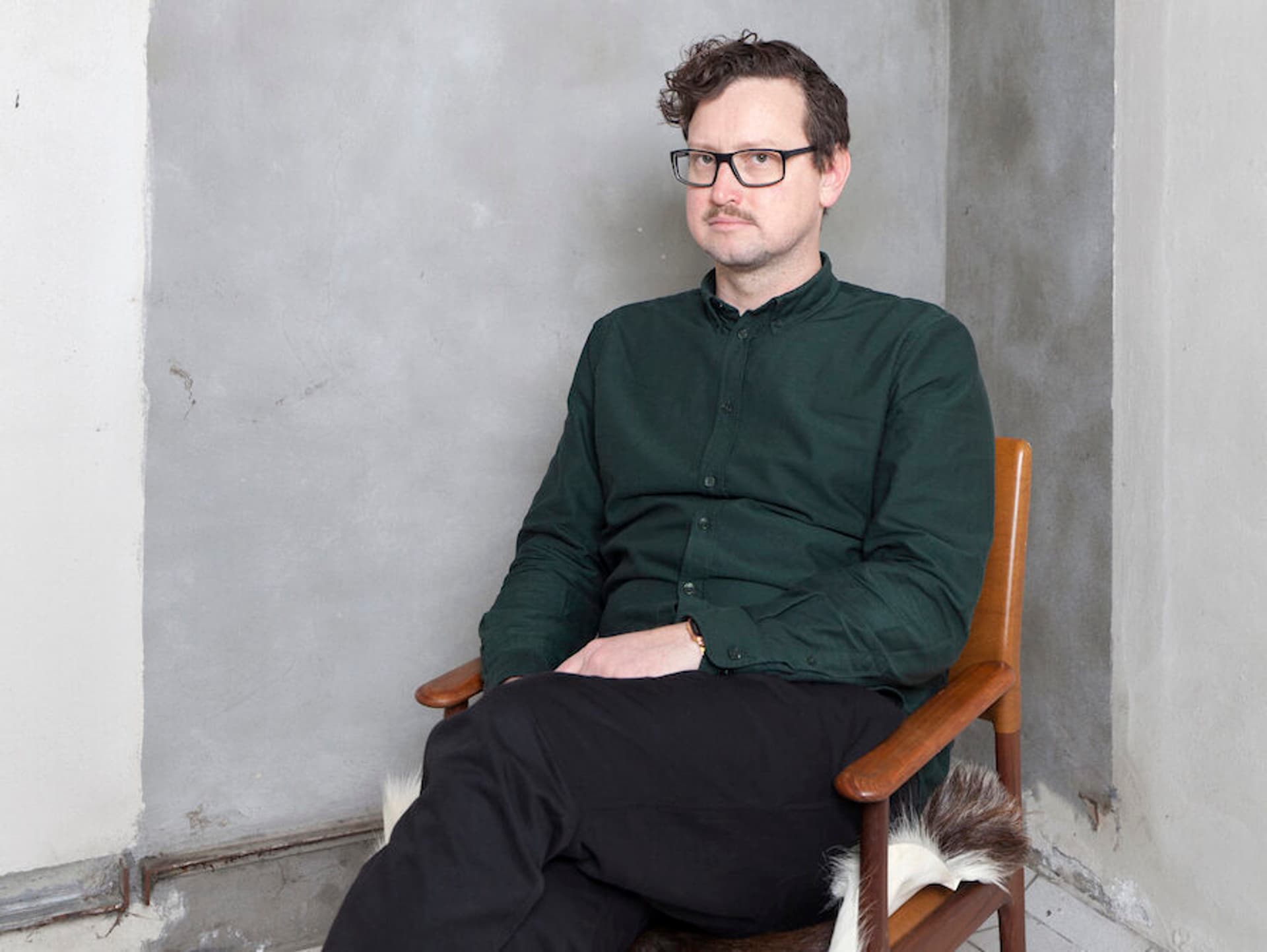
Supported by
Die Pleite is supported by the Visual Artists’ Remuneration Fund, Arts Council Norway and Kunstsentrene i Norge (Art Centres in Norway).
Guided tours
Gain deeper insights into the exhibition by participating in one of our open guided tours on Thursdays at 5:00 PM (free for members) or a lunch tour on Fridays at 12:00 PM (free admission).
To book a private tour of the exhibitions, please contact us at formidling@kunstnerneshus.no or click here for more information.
